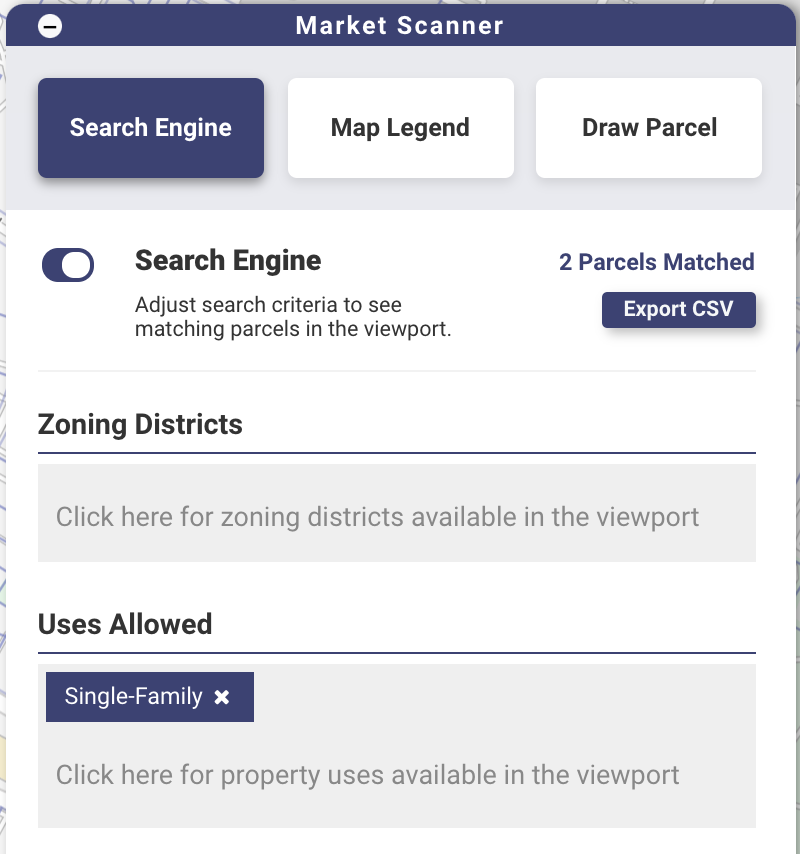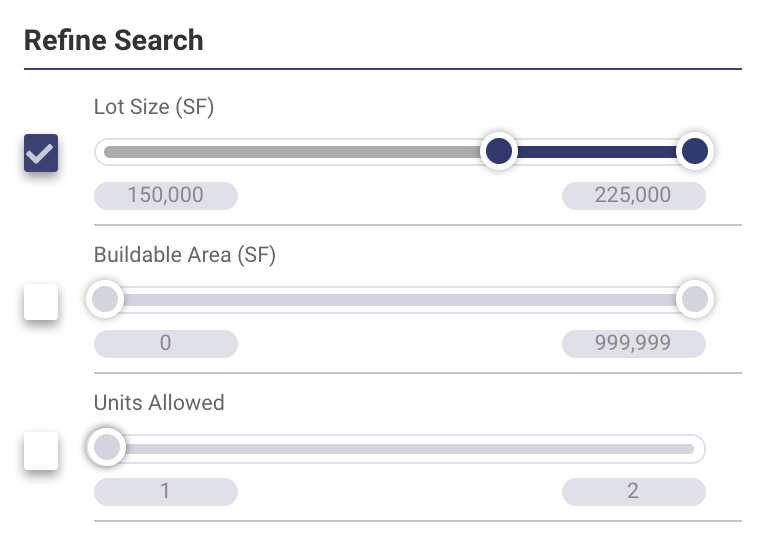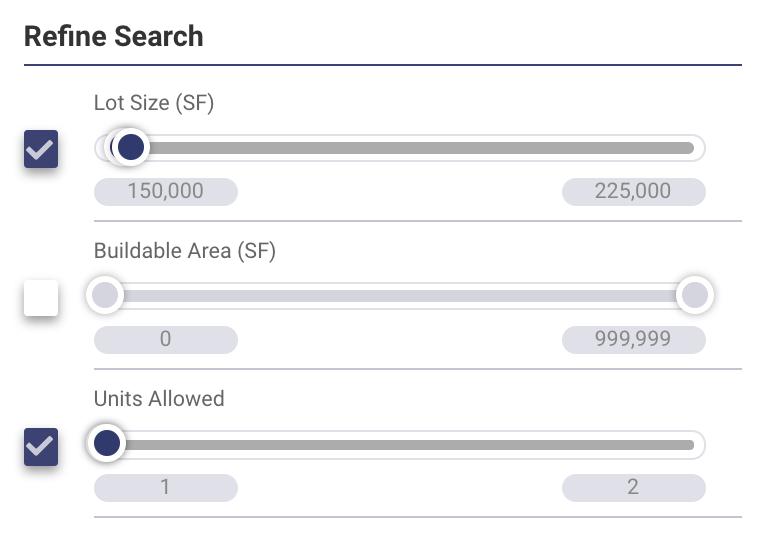It is no secret that single-family homes have become a favorite asset during the pandemic.
I’ve lived in buildings my entire adult life. I loved the noise and energy of urban cores, walking to coffee shops and bars, taking public transportation, jumping around a city without worrying about a car. I never minded the sirens of NY’s Morningside Heights or 5:00 am drunken passerby in Miami Beach’s South of Fifth.
During the pandemic, I experienced a sense of urgency for being as far as possible from other human beings. This feeling has not left me, even after vaccination. The thought of a hammock in a yard, the quiet wind, the sound of birds is now attractive. It could be coinciding with adulting, but it makes me wonder if society’s shift to single-family is here to stay.
At Deepblocks, we’ve seen growing interests in community housing development. Last week, I prepped for a call with a residential developer interested in scanning Austin, Texas, for sites allowing 20-30 residential homes. Austin has 400 types of zoning, 137 of which allow for single-family development. Each one is unique in its rules and calculations.
The challenge was creating a method for search that normalized the zoning for these specific criteria. I include the steps below.
Step 1
In the Market Scanner panel, searched by Uses Allowed for Single-Family.
Out of 2,790 parcels on the viewport, 1,844 allowed for single-family development.
Step 2
Adjusted the min and max value of the Lot Size slider to 150,000 SF and 225,000 SF.
Guaranteeing at least 20 sub-parcels with Lot Sizes of 7,500 SF, but no more than 30.
Out of 1844 single-family parcels, only eight were large enough to fit the 20-30 sub-parcels. However, after clicking on the highlighted parcels, some allowed hundreds of units, while others permitted a single unit. This discrepancy caught my attention. If a three-acre property is zoned for one unit, the intention must include a subdivision.
Moreover, the market value for properties zoned for one unit was considerably lower than those with higher unit density ratios. Since I was looking to build precisely 20-30 homes, this was a great find. The key now was finding this type of property across Austin.
Step 3
Adjust the min and max value of the Units Allowed to 1 and 2.
Guaranteeing the properties with the one unit per lot ratio.
Keeping the search criteria intact, I panned around the city of Austin to find similar opportunities.
Until next time.
Olivia
PS
For more on this subject, check out our webinar focused on residential properties in Austin.
https://www.deepblocks.com/webinar-austin








